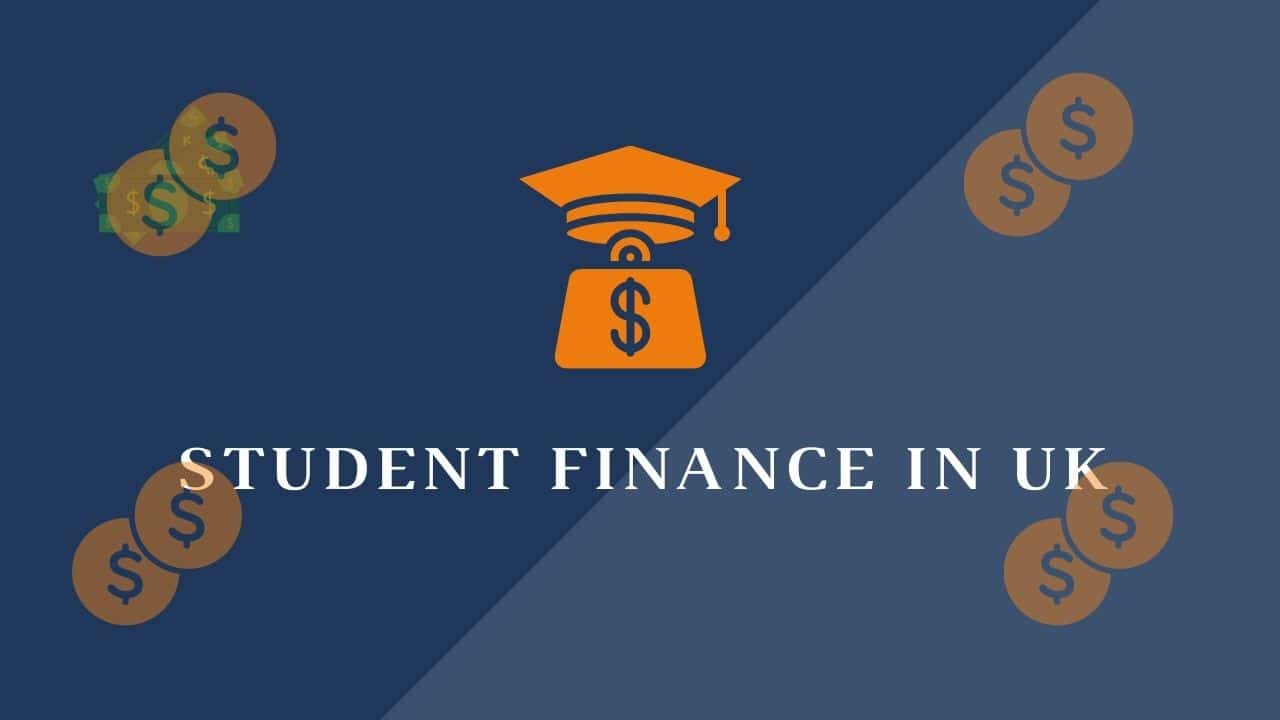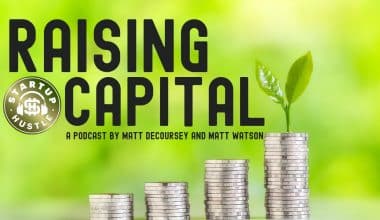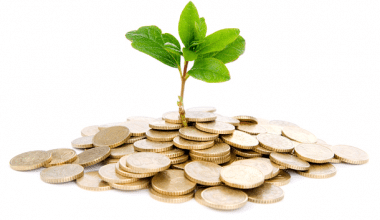Preparing your financial documents and business plan ahead of time can help speed up the SBA loan process. The SBA loan funding process typically takes at least twelve weeks from start to finish, which can be a daunting prospect for many new business owners. One of the best ways to feel more confident is to learn the process step-by-step before you apply for an SBA loan. After the SBA loan is approved, what happens next? In this article, you will learn the step-by-step process you will follow to prove your business is ready for the next loan disbursement and to keep your project and business on track in 2023.
What Is an SBA Loan?
Lenders and SBA offices collaborate to craft the terms of the SBA’s loan programs. Borrowers use these programs when looking for small business lenders. The SBA guarantees a portion of the loan, reducing the lender’s risk. When backed by a guarantee, they also have better loan terms and lower interest rates.
SBA loans and SBA Express loans are good for many small businesses, but they have some downsides. You will need to understand how it works and the step-by-step process of getting an SBA loan before making a decision.
How Do SBA Loans Work?
Before applying for an SBA loan, learn the application process so you know what to expect. To begin with, you should know that the SBA will not directly provide you with a loan. They guarantee a business loan from a lender, such as a bank. This gives banks more confidence to finance businesses they might not have approved otherwise.
To apply for a loan, contact an SBA-approved lender directly or through a broker. The right lender can walk you through loan options and recommend the best one for you. You’ll need to submit your credit score, personal and business financial statements, tax returns, resumes, business plans, authorization for credit and background checks, and more to determine your eligibility.
The lender will assess your qualifications in five categories: your ability to repay the loan; your business experience; the equity you’ve invested in your company; how much debt you have and how likely you are to repay it; and whether you need collateral to secure financing.
In this scenario, the bank grants your loan request. The loan closing process begins once the lender has made an affirmative decision. Expect to sign numerous documents, including a promise to pay, security documentation, insurance forms, and several SBA documents, among other things. This procedure can take up to three weeks.
How Long Does It Take for an SBA Loan to Be Approved?
The SBA loan application process takes time, about two to three months. However, it may take weeks for the lender to complete the underwriting process after you have submitted your loan application, business plan, and supporting documents.
The application and underwriting process for an SBA loan can be more time-consuming than that for other types of financing because the U.S. SBA guarantees up to 85% of the loan, repaying the lender if the borrower defaults. The SBA loan and the lender also affect the timeline.
What Is the Step by Step Process of Getting an SBA Loan?
The SBA loan process takes about 60–90 days from the time you submit your application, but that’s just an estimate. It all depends on the type of loan, the lender, the business owner’s level of readiness, and whether or not the lender needs SBA approval before moving forward. Below is the step-by-step process for getting a loan.
#1. The Small Business Owner Creates a Loan Application
This can take up to 30 days but varies from person to person. Loan applicants for the Small Business Administration’s (7(a) program, for instance, must fill out a lengthy application that probes such topics as citizenship, criminal record, business, and loan intent. They must also provide a personal history statement, personal and business financial statements, ownership and licensing documents, loan application history, income tax returns, a resume, and a copy of the business lease.
#2. The Lender Examines the Application
This takes 10–14 days or more and includes the underwriting process in the next step. The borrower’s ability to pay back the loan, plus interest, is one factor in this evaluation, along with the business owner’s credit score and the viability of the company’s business plan. If your lender is not in the SBA’s Preferred Lenders Program, the loan must be approved by the SBA. This circumstance will almost certainly result in a longer loan approval process.
#3. The Lender Underwrites the Loan.
Lenders can now demand valuations of any collateral posted in case of default. If the company is already in operation, the lender will look at environmental reports, balance sheets, income statements, and financial projections. This analysis assists the lender in determining how much money the applicant is qualified to borrow and at what interest rate they must repay it.
#4. Creating Legal Documents for a Loan (takes around 10-21 days).
This task includes, most importantly, a formal commitment letter outlining the loan amount, terms and conditions, any collateral involved, repayment terms, and interest rate.
#5. The Loan is Paid Off
Generally, it takes seven to 14 days, though some banks warn it could take up to 90 days. During this time, the lender should keep in touch with the small-business owner and notify them if there are any problems.
Is It Difficult to Get an SBA Loan?
The short answer is no, it is not difficult to obtain an SBA loan! The majority of businesses are eligible, and qualifying is simpler than you might think!
The SBA 504 loan is designed specifically to assist small businesses in expanding by purchasing fixed assets such as real estate and equipment. It can also be used to fund building and renovation projects. An SBA 504 loan is available to the majority of for-profit businesses in the United States. There are some restrictions, but in general, the 504 loans can accommodate a wide range of business needs.
What Are the Chances of Getting an SBA Loan?
According to Manger, “SBA resource partners offer training courses on how to develop a comprehensive plan.” “Business plans must show how a small business will use the funding to support the business.” It is also critical for the small business owner to be able to demonstrate their ability to repay the loan. Future cash flow projections are an essential component of any business plan.
The best place to begin your search for a Small Business Administration loan is right here, on the internet. Visit the Small Business Administration’s website and apply for a loan. To complete your application, you must submit documents and information proving your identity, the legality of your business, your personal and business history, and your creditworthiness.
This information includes:
- Your personal identification
- Proof of business ownership
- Business license or certificate
- Business financials, including financial projects
- 2 years of business tax returns
- 2 years of personal tax returns.
- Profit and loss statements
- History of any past loan applications and decisions
If you’d like to learn more about SBA-approved lenders in your area, you can always stop by your neighborhood SBA office. Lending institutions typically have their own evaluation process and eligibility criteria for accepting SBA loan applications, even for applications that follow guidelines developed in collaboration with SBA agencies.
Prepare to put in some effort because the entire process, from application to loan approval, could take several weeks. In recent years, SBA agencies have introduced the SBA Express loan process, which allows business owners to complete the loan process in days rather than weeks. As one might expect, this is very popular among small business owners looking to secure loans more quickly, but it is also more difficult to obtain. To be eligible for the SBA Express process, you must have excellent personal and business credit.
What Happens After My SBA Loan Is Approved?
After your SBA loan has been approved, you may be wondering what happens next. Following the approval of your SBA loan, the next step is to work with your lender to determine the loan terms and access the funds, including repayment terms, interest rates, and other aspects to be agreed upon before you sign the loan agreement. The money will be available as soon as the deal is closed.
Before you begin applying borrowed funds to your business, it’s a good idea to plan out how you intend to use them. This will assist you in keeping track of your finances, allocating funds appropriately, and achieving your business objectives. When creating a plan, consider both your short-term and long-term business needs. Also, remember to make your loan payments on time in order to improve your credit score and get better loan terms in the future.
How Long Does It Take SBA to Deposit Money?
You can expect to hear back from the SBA regarding the terms of your approval within the next three to four weeks. They will send you the approved loan documents. What happens next is that you will review, sign, and return the approved SBA loan documents. The SBA will deposit the money via direct deposit within three to five business days.
Conclusion
Applying for a traditional SBA loan is often a time-consuming, multi-step process that can take months to complete. The decision-making process involves several entities, and each step takes time. However, it’s best to look elsewhere if it happens that you can’t wait for your SBA loan to be approved immediately rather than having to wait for months.
SBA Loan Process FAQs
What is the SBA loan processing time?
The SBA loan processing time is the amount of time it takes the SBA and its partner lenders to evaluate your loan application. It could take several months.
What does it mean when it says SBA approved?
SBA approval refers to the steps franchisors have taken to make the loan process as quick as possible for their potential franchisees. Lenders must vet the person to whom they are lending money as well as the business system they intend to run during the loan application process.
What percentage are SBA loans approved?
The approval rate for business loans, including SBA loans, is only around 25% at large banks. The approval rate at small banks is higher—around 49%—but more than half of borrowers are still turned down. S
Related Articles
- BUSINESS LOANS BAD CREDIT: Definition and How to Get It
- BUSINESS LOAN FOR EQUIPMENT: How To Get Business Loans For Equipment(
- SBA EXPRESS LOAN: Online Application, Programs, Requirements for any Business
- SBA Loan Rates: All You Need, Updated!!!
- SBA LOANS Guide: How to Apply, Eligibility (+ Free easy tips)





